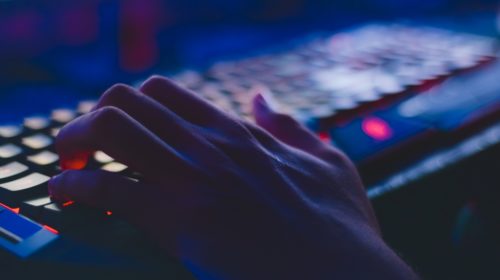
November 6, 2019
Minespider: Redefining The Supply Chain
Minerals are a lifeblood trade for the mono-economies disproportionately located in Latin America and Central Africa. With annual revenue of 700 billion dollars worldwide, it provides the income for 47 million people – about 0.6% of the world’s current population (1). Defined as naturally occurring inorganic substances, minerals originate from interstellar dust and they provided the home for the first primordial life. Genuinely global, minerals are part of everything, contributing to a vast compound of industries stretching from Silicon Valley to manufacturers in China.

Given the sustainability crisis, a desire for transparency on just about everything on the market has been the hum of conscious consumers and policy change. From the bottom up, Minespider’s Ella Cullen and her team of mineral musketeers have spun a tool to deconstruct complexities surrounding the mineral supply chain and are prepped to thread across the industry. They piece together the engines of mineral production for an interplay that will transform the relationship between sustainability, production, consumerism, and essentially the future of production life.
What Makes Minespider Stand Out?
We track the origin of the minerals extracted, no matter their transformation along the supply chain.
Our blockchain protocol operates with decentralized governance, meaning any industry player can join and help secure the network without worrying about their data being owned by a central party. We have three data layers: private, transparent, and public. We work closely with our partners and industry groups to determine what data should be included and visible in each layer.
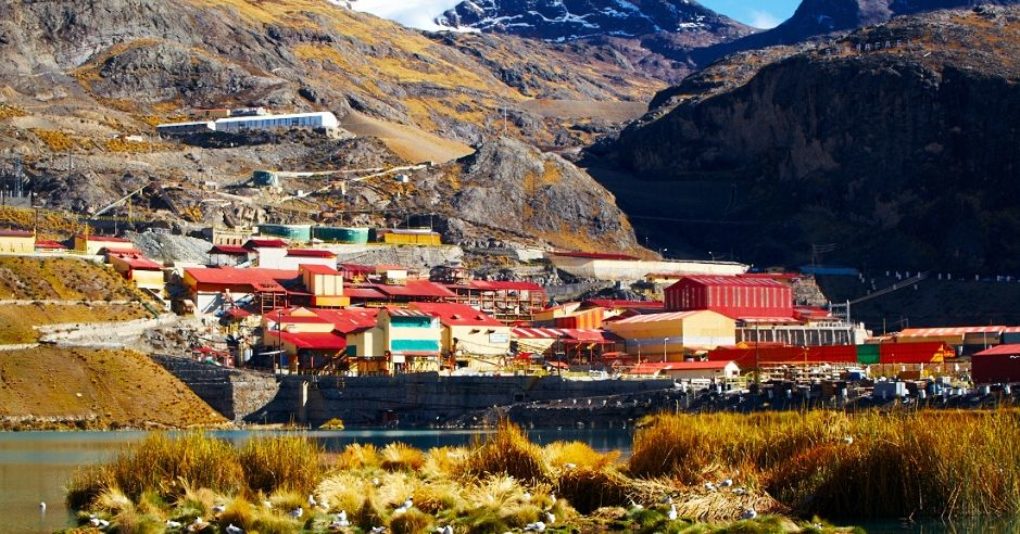
Why Prove The Origin Of Mining Raw Materials?
If we’re not paying a fair price for goods, someone else is paying the price – by suffering human rights abuses or environmental devastation. It’s true for the mining industry, as it is for textiles, agriculture and many other industries. Of course, not all consumers have the ability or inclination to pay (more) for responsibly-sourced goods but, there needs to be a choice.
Companies need to provide that level of transparency and improve their supply chain conditions, plus protect their brand. Mineral supply chains are opaque – many manufacturers cannot track their minerals beyond their closest suppliers, let alone further upstream. So far, fair trade initiatives are somewhat niche because they involve a single controlled sustainable supply chain. We want to bring this level of transparency and sustainability to some of the largest existing supply chains in the world and help them to transform over time.
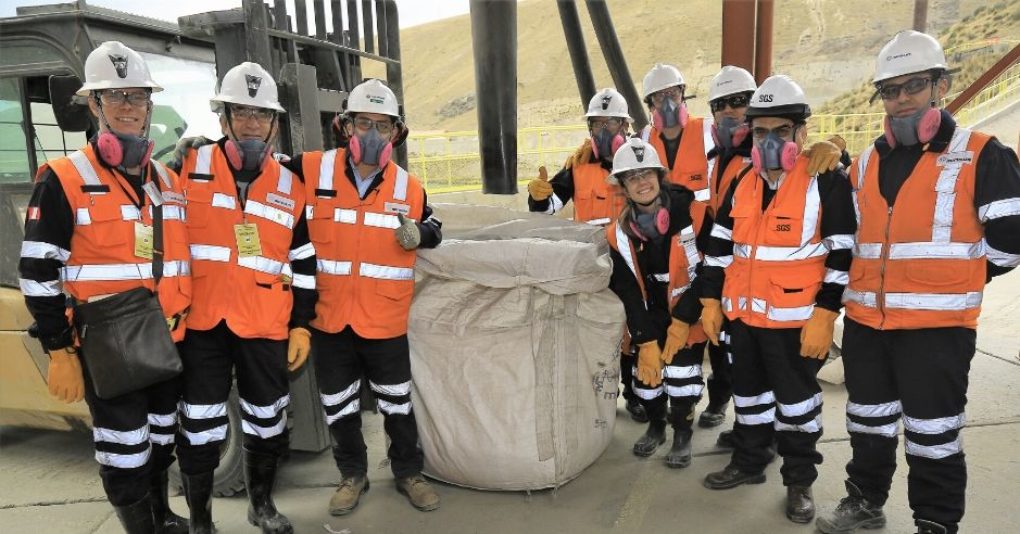
What Does Responsible Mining Mean?
Responsible mining is taking steps to improve sustainability at every stage of the mineral supply chain. But, what is sustainability? In a perfect world, all businesses are environmentally and socially sound: they protect human rights, have honest labor practices, reduce C02 emissions and deforestation, dispose of waste properly, recycle, and so forth. Sadly, in reality, most companies simply undertake some CSR initiatives and a minimal amount of auditing or reporting for regulatory purposes.
There’s progress though, the Conflict Mineral Regulation comes into force by January 2021, which stipulates that EU companies importing specific critical metals like tin, tungsten, tantalum or gold have to prove they are sourcing responsibly. Other governments around the world are adopting similar measures. Thankfully, conscientious companies push for greater transparency and oversight in the mineral industry too. We work with companies like Volkswagen who are frustrated by the status quo, who want to make their supply chains more sustainable and want to share their efforts with customers.
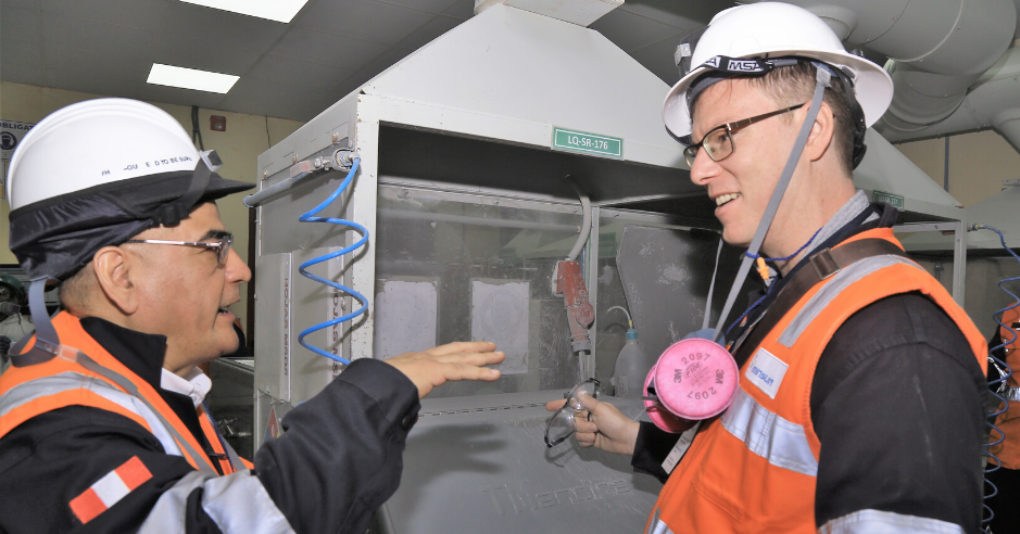
As A Female In Leadership Role At A Tech Company, Are There Disadvantages For Teams That Do Not Have Women In Top-Level Positions?
Definitely. Despite studies showing that having more women leaders improves profitability, we’ve barely started to consider or quantify the full range of negative effects.
Technology is only a skeleton ‘fleshed out’ by human ideas, feelings, prejudices, etc. As long as women are not fairly represented, we cannot expect these technologies to reflect our population as a whole. It’s an even greater concern when we consider that blockchain is poised to solve monumental issues – offering financial inclusion to 1.7 billion unbanked individuals or administering self-sovereign identities to 1 billion people who have no legal identity.
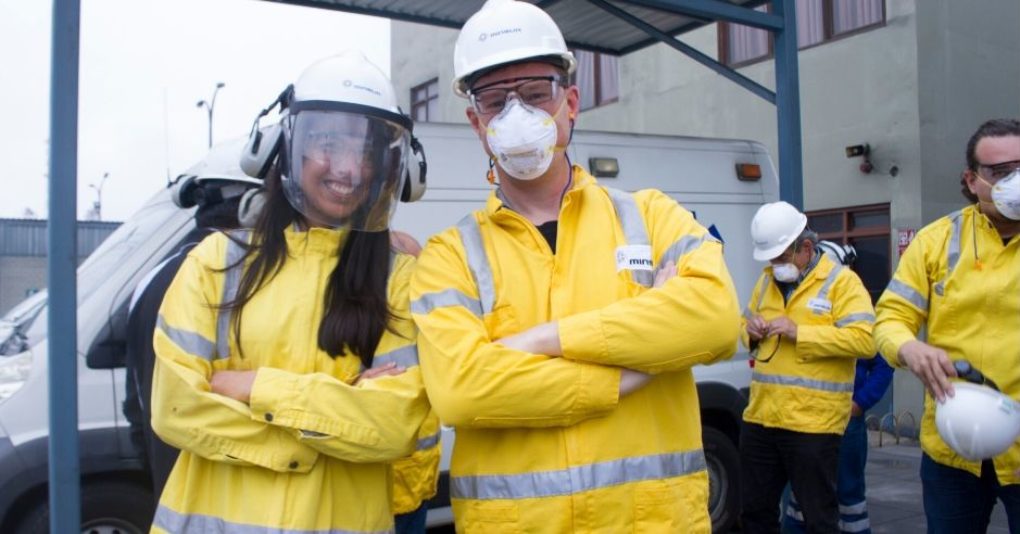
Can You Share A Strategy For Overcoming Hurdles Or Challenges?
- Don’t take things personally.
- At the start of your career, say yes to every opportunity, especially when it scares you. This will help you to understand what your strengths are (or aren’t). Then, later on, learn how to say no politely, otherwise, you’ll have no time to prioritize and develop those strengths.
- Last but not least, learn to be your own fan. Despite all the obstacles that we face, usually, the hardest is convincing yourself that you are capable of something.
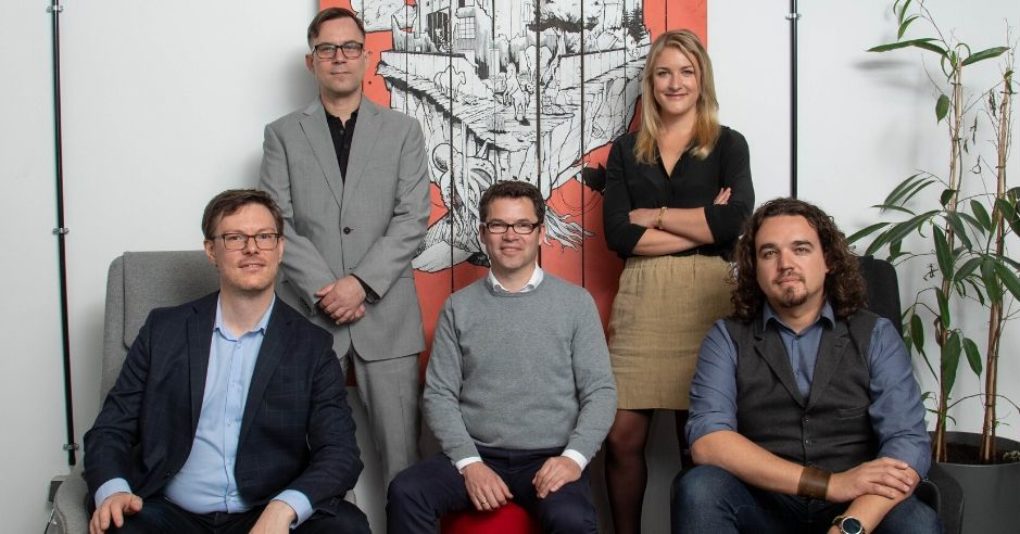
With a protocol in place to help absolve the opaqueness of mineral markets, the mineral musketeers at Minespider provide transparency for the longer-term goal of supply accountability and sustainability. As the ongoing mineral market evolves in mono-economies in the southern hemisphere, they become stronger regional magnets for migrants and laborers. The growing population and concentration in places of mineral bounty correlate to more people affected by political heftiness, pollution, and horrors of labor. Those collecting interstellar dust, turning silver and gold into stones, pay the unfair price with a perennial social and environmental violence. The near-surface industry has disturbed the geochemical cycles with agriculture, mining, deforestation, and urbanization to ultimately shift our planet’s geological time scale.
Minespider has started its own mineral revolution to ease the cogs of deception and corruption in the world supply chain economy. For Ella and her team, the broad scope means working out the kinks at each link in the chain and concentrating on the source. The dynamic diorama of inequality requires a deep understanding of the complex web of minerals and Minespider’s blockchain protocol shines, navigating the transition. Although we probably won’t be able to anticipate the true consequences for some time, it’s better to try, bind the traction, and take concrete steps towards a more resilient world supply chain.
